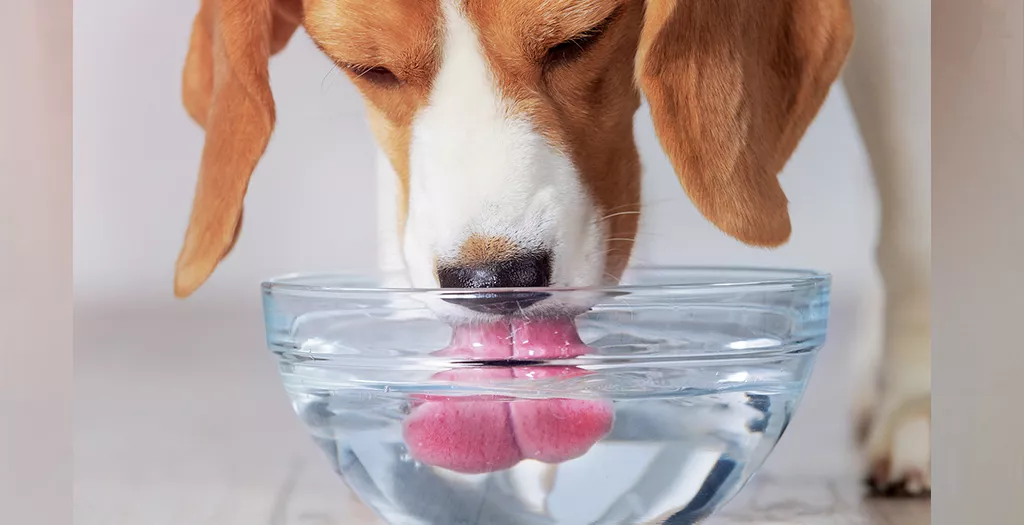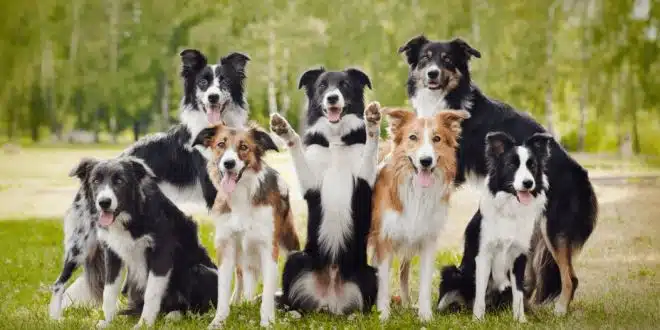As global temperatures rise and weather patterns intensify, our dogs struggle to keep up with the changing climate. And be noticed! Dehydration in dogs can lead to severely fatal outcomes if not taken care of.
Introduction to Dehydration in Dogs
Unlike humans, who cool down through sweating and increased hydration, dogs face significant hurdles in regulating their body temperature efficiently. In an unfavorable environment, this vulnerability can rapidly lead to dehydration in dogs.
A brief overview of dehydration in dogs.
Dehydration in dogs is simply losing more fluid than they take in. After all, water is crucial for our furry best buddies as it is for all mammals. It keeps their joints lubricated, organs cushioned, digestion smooth, and body temperature functional. But when they don’t get enough of this transparent elixir, these vital functions can misfire, leading to serious illness—even “ruff” outcomes.
When a dog becomes dehydrated, their whole system starts running on empty tanks. Their energy level drops significantly, they become so weak that they might not go for the daily walk or walk dizzy, and their skin loses elasticity. If dehydration isn’t treated at the right time, it can mess with their kidneys and even put a strain on their heart.
Importance of recognizing and treating dehydration promptly

As your pet’s hooman, keeping your cuddle buddy well-cared for and healthy is your job. Pay attention to their drinking habits – make sure they’re lapping up enough water, watch their panting rhythms- that’s their way of telling you if they’re feeling the heat too much, and watch out for signs like tummy troubles like diarrhea and vomiting.
You can also look out for signs like dry gums, thick saliva, lethargy, or sunken eyes—those are serious red flags that your pup might be in dire need of water or even a veterinary visit.
If your dog has been out in the heat for too long without enough water or has been functioning like a working dog, sniffing every crotch it can find, it might soon start feeling as sluggish as a sloth. Remember, a tired dog is a happy dog, but a well-hydrated dog is a healthy dog!
Along with veterinary care, below are some home remedies for your dehydrated canine friend.
Home Remedies and Treatments for Dehydration in Dogs
Offer Fresh, Cool Water
It feels foolish to mention this, but here we go. It is obvious to offer more water when there is less water intake and more water released. Maybe your dog is unable to find the water at the right place and at the right time to hydrate himself. So, keep a source of fresh and cool water for your pup, which is always available.
Read More: https://dogexpress.in/beat-the-heat-10-effective-home-remedies-for-dehydration-in-dogs/






